Contents
Landmarks
Print Page List
The Wizard of Oz
In his fourteen books about Oz, three of which are collected here, Baum developed his vision of a socialist paradise. The Wizard of Oz (1900) introduces Dorothy, who arrives from Kansas and meets the Scarecrow, the Tin Woodman, the Cowardly Lion, and a host of other characters. The Emerald City of Oz (1910) finds Dorothy, Aunt Em, and Uncle Henry coming to Oz just as the wicked Nome King is plotting to conquer its people. In Baums final novel, Glinda of Oz (1920), Dorothy and Princes Ozma try to prevent a battle between the Skeezers and the Flatheads. Tapping into a deeply rooted desire in himself and his loyal readers to live in a peaceful country which values the sharing of talents and gifts, Baums imaginative creation, like all great utopian literature, holds out the possibility for change.
I am a writer today because I learned to love reading as a childand mostly on account of the Oz books.
E LIZABETH G ILBERT
PENGUIN

THREADS
With paper and pen or needle and thread, storytelling has many traditions. Penguins award-winning art director Paul Buckley presents Penguin Threads, a series of Penguin Classics Deluxe Editions inspired by the aesthetic of handmade crafts with specially commissioned cover art. Jillian Tamakis embroidered artwork appears on The Secret Garden by Frances Hodgson Burnett, Emma by Jane Austen, and Black Beauty by Anna Sewell. Rachell Sumpters hand stitched cover art appears on The Wizard of Oz by L. Frank Baum, The Wind in the Willows by Kenneth Grahame, and Little Women by Louisa May Alcott. Sketched in a traditional illustrative manner, then hand stitched, the final covers are sculpt embossed. Through story, style and texture, the Penguin Threads is an exciting chapter in Penguins long history of excellence in book design, for true lovers of the book, design, and handcrafted beauty.
PENGUIN CLASSICS

DELUXE EDITION
THE WIZARD OF OZ
LYMAN FRANK BAUM was born in Chittenango, New York, in 1856. In addition to publishing numerous childrens books, he worked as a journalist, traveling salesman, horticulturalist, chicken breeder, theater manager, producer, actor, playwright, owner of a general store, and show window designer. His first book for children was Mother Goose in Prose (1897). In 1900 he published The Wonderful Wizard of Oz, which was a great success and inspired a musical theatrical version in 1902. Baum went on to write thirteen more Oz books, the last being Glinda of Oz, published posthumously in 1920. Although he is best remembered for the hugely popular Oz series, Baum wrote many other books as well, including Father Goose (1899), The Life and Adventures of Santa Claus (1902), and Queen Zixi of Ix (1905), as well as books published under various pseudonyms. In 1910, pursuing the burgeoning film industry as an outlet for more Oz stories, he moved with his family to Hollywood, where they lived until his death in 1919.
JACK ZIPES is professor emeritus at the University of Minnesota. A specialist in folklore, fairy tales, and childrens literature, he has translated such works as the fairy tales of the Brothers Grimm and Herman Hesse, written more than twenty books of criticism, and edited numerous anthologies, including Spells of Enchantment: The Wondrous Fairy Tales of Western Culture. For Penguin Classics he has edited The Wonderful World of Oz, Pinocchio, and Peter Pan, and translated Little Red Riding Hood. He has been honored with the Distinguished Scholar Award by the International Association for the Fantastic in the Arts as well as fellowships by the Guggenheim Foundation and the National Endowment for the Humanities.
RACHELL SUMPTER lives and works on a tiny island in the Puget Sound, Washington, with her husband and fellow artist Jacob Magraw-Mickelson and their two children. Her work has been exhibited worldwide, including at the Jack Hanley, Allston Skirt, and Richard Heller galleries, and featured in The Boston Globe, San Francisco Chronicle, and McSweeneys.

AND OTHER WONDERFUL BOOKS OF OZ:
The Emerald City of Oz
AND
Glinda of Oz
Edited with an introduction and notes by
JACK ZIPES

PENGUIN BOOKS
PENGUIN BOOKS
An imprint of Penguin Random House LLC
penguinrandomhouse.com
The Wizard of Oz first published as The Wonderful Wizard of Oz
in the United States of America by George M. Hill 1900
The Emerald City of Oz first published by Reilly & Britton 1910
Glinda of Oz first published by Reilly & Lee 1920
This volume published as The Wonderful World of Oz with an introduction
and notes by Jack Zipes in Penguin Books 1998
This edition published in Penguin Books 2012
Introduction and notes copyright Jack Zipes, 1998
All rights reserved
Ebook ISBN: 9781101580547
CIP data available
Except in the United States of America, this book is sold subject to the condition that it shall not, by way of trade or otherwise, be lent, resold, hired out, or otherwise circulated without the publishers prior consent in any form of binding or cover other than that in which it is published and without a similar condition including this condition being imposed on the subsequent purchaser.
The scanning, uploading, and distribution of this book via the Internet or via any other means without the permission of the publisher is illegal and punishable by law.
Please purchase only authorized electronic editions and do not participate in or encourage electronic piracy of copyrighted materials. Your support of the authors rights is appreciated.
btb_ppg_c0_r1
For Ken Silverman,
wizard extraordinaire
INTRODUCTION
Home Sweet Home. When Dorothy Gale returns to Kansas at the end of her adventures in the Land of Oz, she declares that there is no place like home, and she appears content to be back on the farm with her Aunt Em and Uncle Henry. The MGM film based on The Wonderful Wizard of Oz, with which most people are nowadays more familiar than the novel, reiterates this message about home sweet home. But it is all a lie. Dorothy does not yet know what home is, and only those readers familiar with L. Frank Baums fourteen fairy-tale novels about Oz know that home cannot be found in America. Home is Oz, a transcendent Utopian paradise, that must be protected from America.
Of course, Baum himself was not certain what he wanted to do with Dorothy and Oz when he began writing The Wonderful Wizard of Oz in 1899. He wrote intuitively, and when his readers demanded more sequels, and he needed money and respite from financial pressures, he turned to Oz, constantly elaborating what he thought might be the ideal socialist society. Not that Baum was a conscious political thinker, but he was highly aware of what was missing in his life and in American society, and Oz gradually came to embody Baums vision of a Utopian world. But in order to understand this vision and why Baum was compelled to return time and again to Oz, it is important to trace the contours of his life, which lead from the East Coast to the West, from Broadway to Hollywood, with important stopovers in Aberdeen, South Dakota, and Chicago.

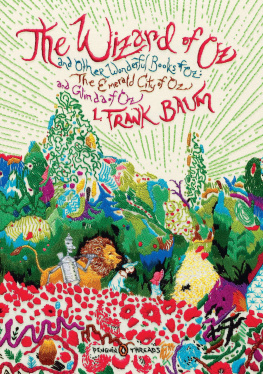
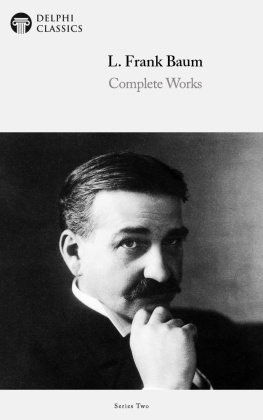
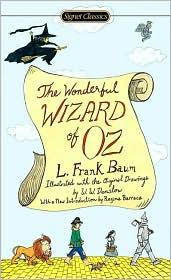
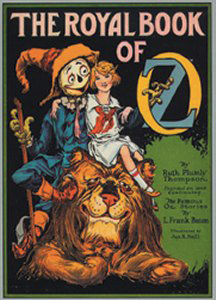

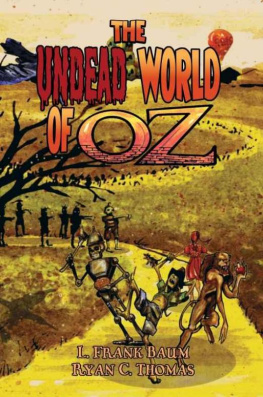
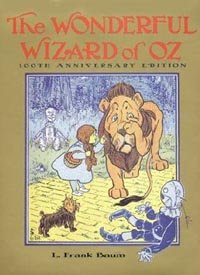

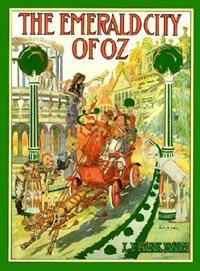
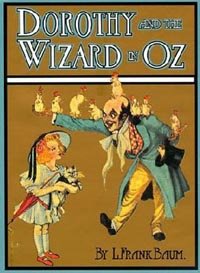



 THREADS
THREADS DELUXE EDITION
DELUXE EDITION
